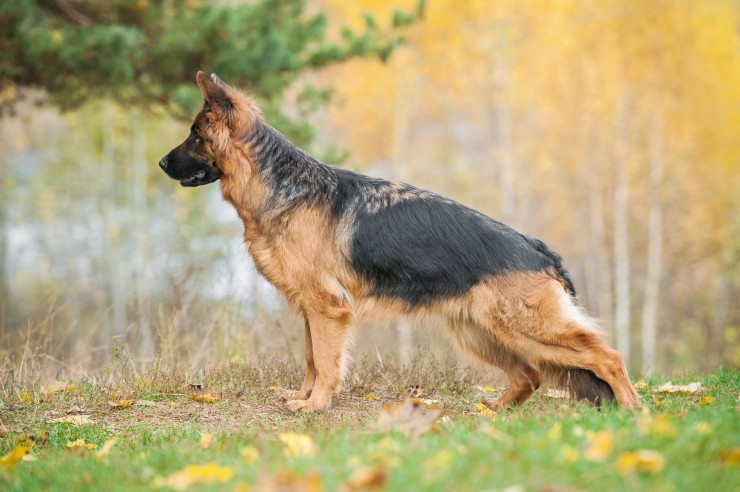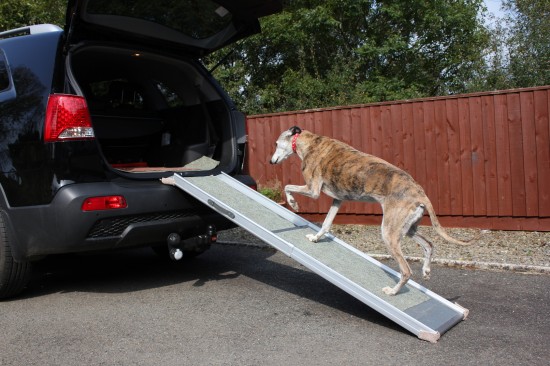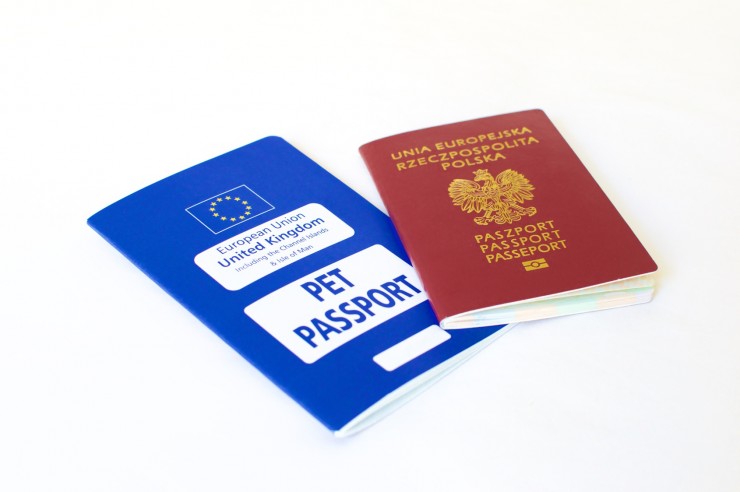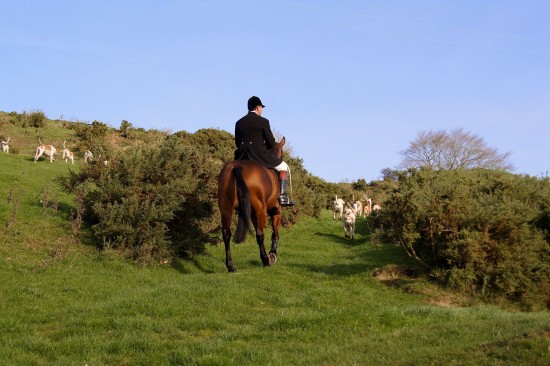

When it comes to advice on breeding puppies that is aimed at both breeders and future puppy buyers, a lot is written about the importance of seeing the litter with the dam, and critically assessing the dam herself with a view to determining the future appearance and temperament of the puppies.
However, much less is said about the sire, despite the fact that the sire provides half of the puppies’ DNA too, and while it is normal to view a litter with the dam present but often, not the sire, the input that the sire had into the whole mix is very important as well!
If you own a good quality pedigree bitch that you wish to breed from, or if you are hoping to buy a new pedigree puppy soon, this article will share some tips and advice on what to look for from the sire of the litter, as well as some warning signs to look out for. Read on to learn more.
When it comes to puppy buyers, you may of course never get the chance to see the sire, as it may be a stud dog or otherwise owned by another party, and so, not resident in the same home as his offspring! However, the sire should not be a totally unknown quantity to you either-the breeder should be able to tell you the full registered name of the dog do that you can check his registration and his showing history (if any) and tell you a little bit about why they chose him to sire the litter.
If possible, you should also ask to see some pictures of him, and find out more about his temperament, and if he has fathered any other litters before.
If you can see the sire when you see the puppies, or when making a decision about what sire to choose, consider the following factors.
First of all, it is of course vital to ensure that the sire of a planned pedigree litter is a pedigree himself, and has all of the right paperwork to show this, so that registering the pups will go without a hitch! Check this out before mating, and take copies of all important documents.
The bloodline of the sire will tell you if he has any notable relatives or ancestors, which can help you to determine the potential quality of his pups, and what they might go on to do in the future!
The sire, like the dam, should be a good example of the breed he is from, and adhere to the breed standard in all of the important ways. The more closely to the breed standard the sire is without getting into the territory of overtyping, the higher the likelihood that the puppies will be good examples of the breed too, and so, be more valuable, and more likely to place well in shows.
Hereditary health and testing
Virtually every pedigree dog breed has certain breed-specific predispositions to a small set of hereditary health issues, which can be passed onto the puppies through either the maternal or paternal line. Responsible breeders will identify these and have their parent dogs tested for indicators of the relevant conditions prior to making the decision to breed from their dogs, so find out if any health tests have been performed on the sire, as well as the dam!
The sire’s conformation should be proportionate, a good example of the breed, and generally fit for life, and any indicators of poor conformation, an unusual gait or something else that is not quite right may be pronounced in the puppies as well.
In order to be able to mate successfully and sire a healthy litter, both the dam and the sire should be in excellent physical condition and fit for life, so look for these indicators in the sire as well as the dam!
The temperament of the sire of a litter is one of the most highly loaded factors when it comes to breeding, and a good temperament is as vital in the sire as it is in the dam. When we refer to temperament, this does of course first and foremost mean that the dog should be good natured and non-aggressive, but temperament covers other traits too, such as if the sire has a particularly strong predisposition to work within certain roles, and other factors such as their prey drive, or tolerance with children.
Finally, it can be worth finding out if the sire in question has fathered any other litters before, which will prove his virility and also, give you a chance to look up his puppies and see if they have placed in shows, gone on to working roles, or done anything else of note!
 10 Great Ways To Help Your Dog If They Suffer From Arthritis
10 Great Ways To
10 Great Ways To Help Your Dog If They Suffer From Arthritis
10 Great Ways To
 My Dog Does Not Practice Mindful Eating
Aussies, in general, and Cody in particular, are extremely s
My Dog Does Not Practice Mindful Eating
Aussies, in general, and Cody in particular, are extremely s
 Dogs Trust Exposes Puppy Smuggling Scandal And Flaws In The Pet Passport Scheme
Dogs Trust Expose
Dogs Trust Exposes Puppy Smuggling Scandal And Flaws In The Pet Passport Scheme
Dogs Trust Expose
 April Is National Pet Month – Celebrate With Us!
April is National Pet Month! You may be asking yourself, Wha
April Is National Pet Month – Celebrate With Us!
April is National Pet Month! You may be asking yourself, Wha
 Introduction To Drag Hunting
Introduction To D
Introduction To Drag Hunting
Introduction To D
Copyright © 2005-2016 Pet Information All Rights Reserved
Contact us: www162date@outlook.com